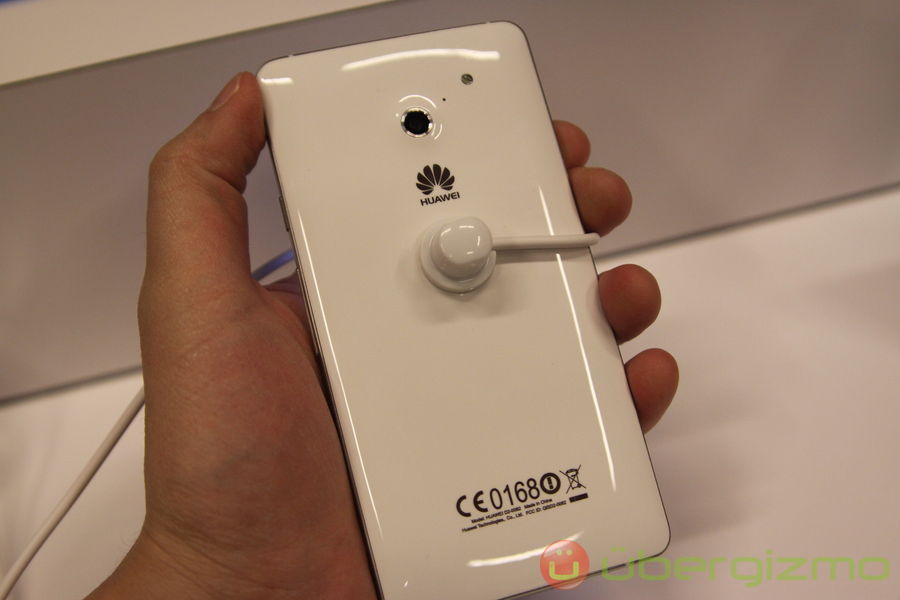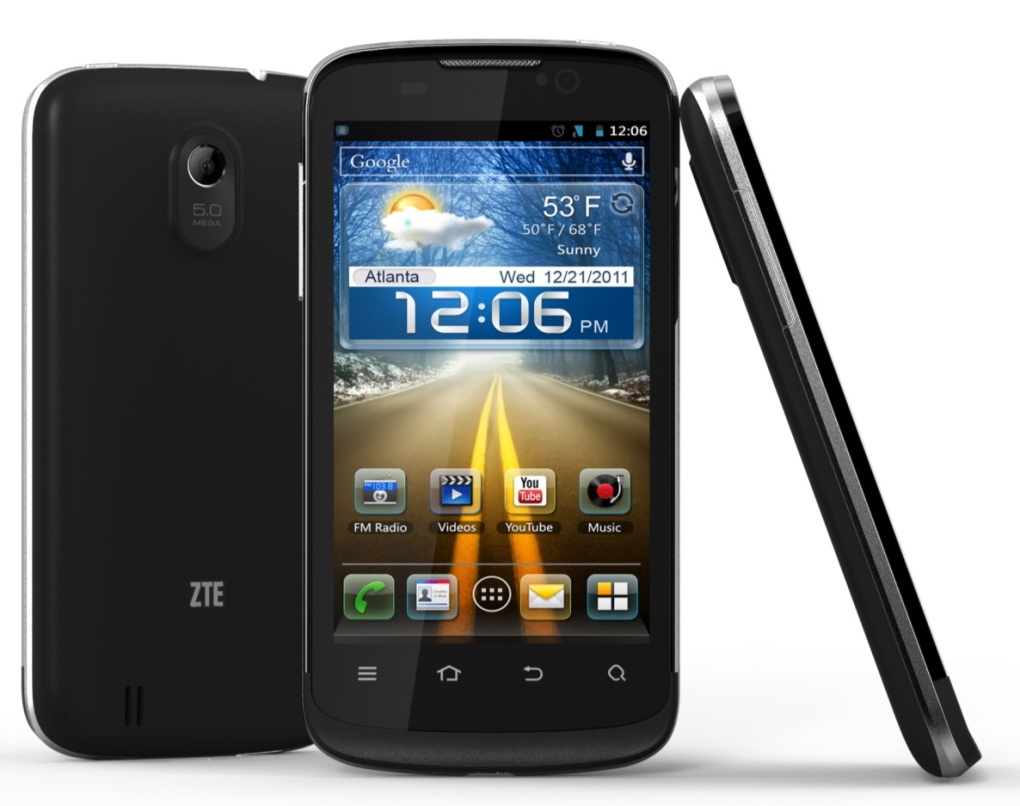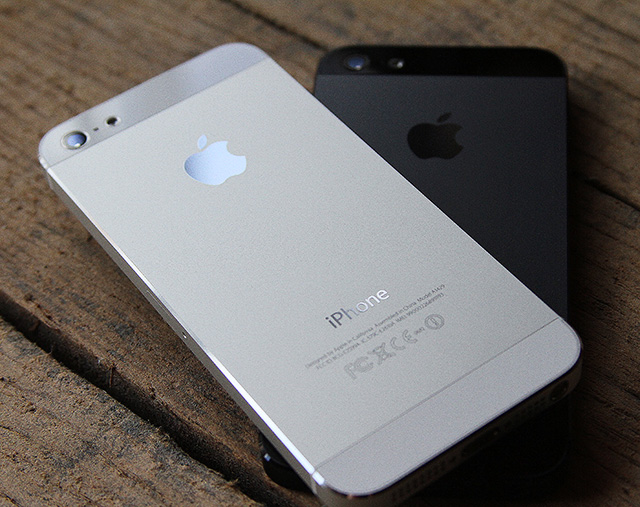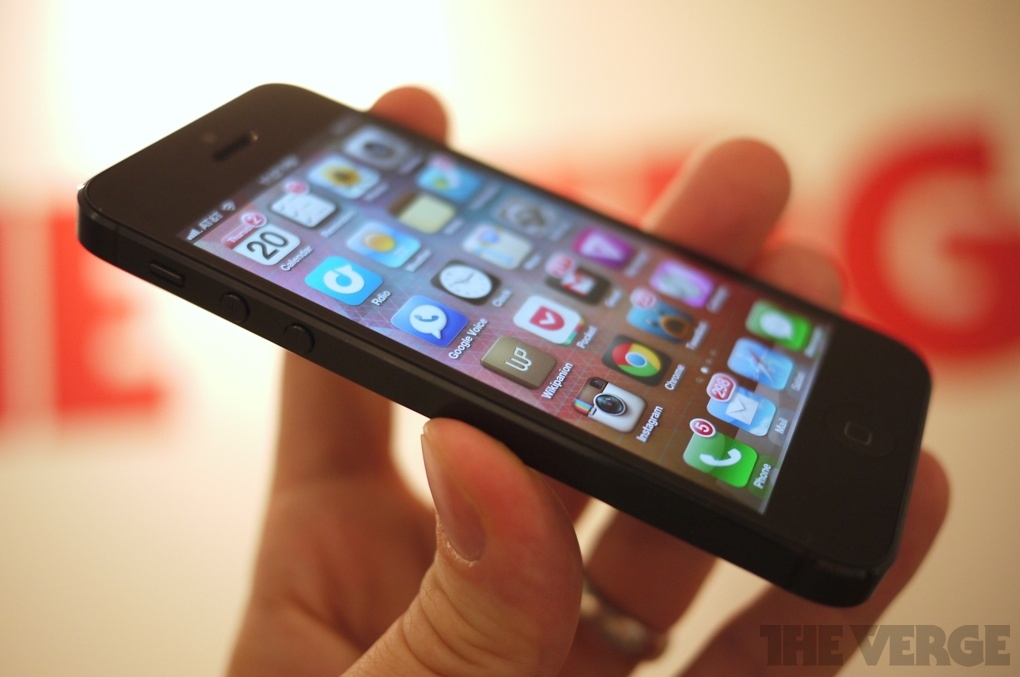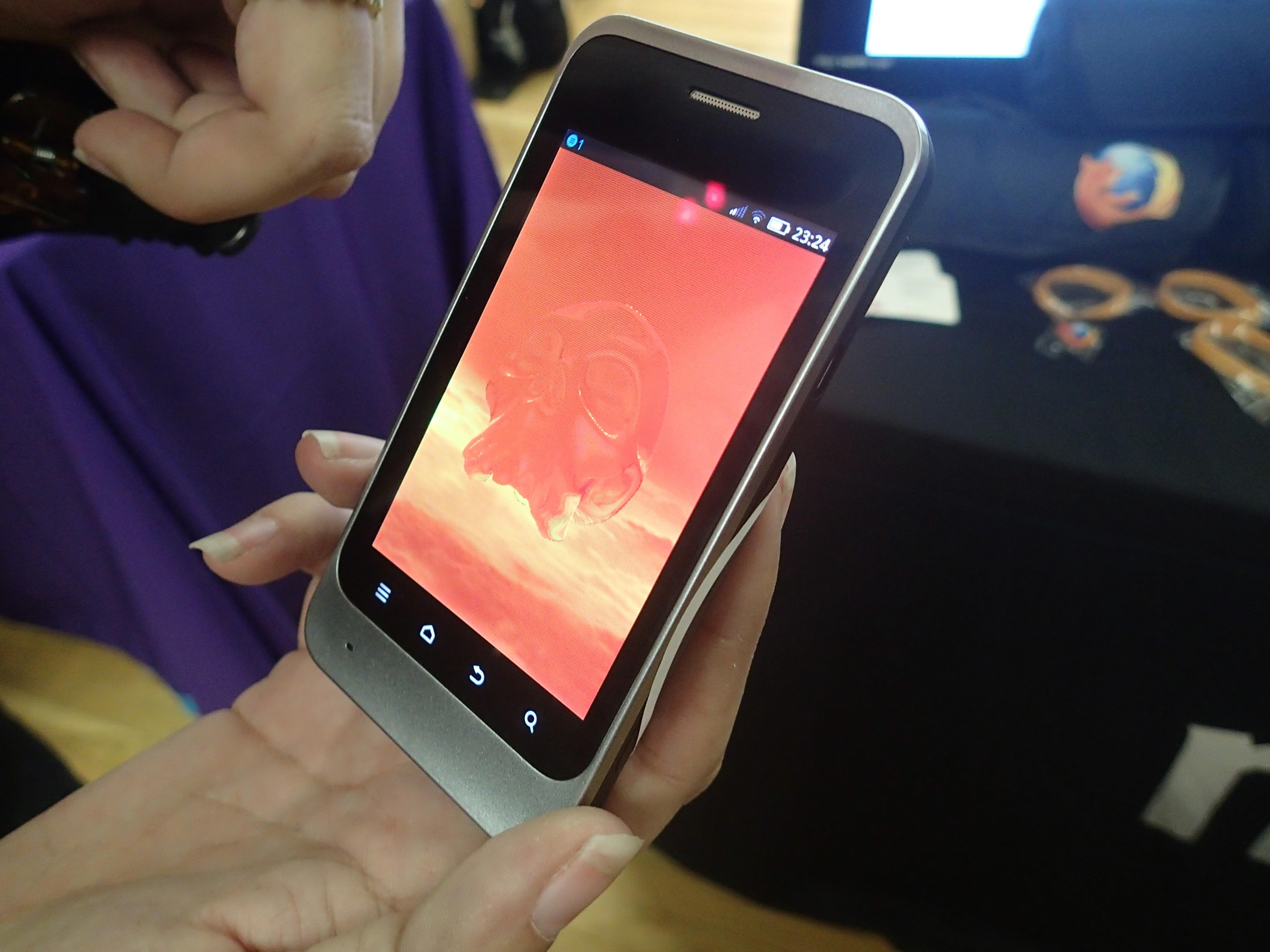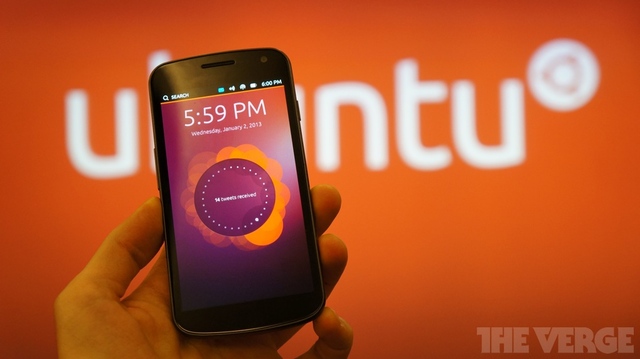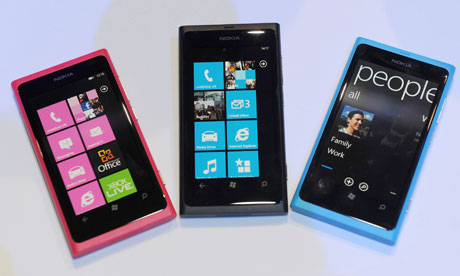Google- Upcoming Phone might lack its 'WOW' Factor
Google has warned that that the subsequent number of phones from its Motorola subsidiary will lack the company's usual 'wow' issue.
Speaking at the Morgan Stanley Technology Conference, CFO and senior vp Patrick Pichette said that Google was still addressing an inherited product pipeline.
"We've inherited eighteen months of pipeline that we tend to actually have to drain right now, whereas we tend to're actually building the subsequent wave of innovation and merchandise lines," he told the conference. "We tend to have to go through this transition. These aren't straightforward transitions."
It is not the primary time that Google executives have mentioned Motorola's existing commitments. However, it is the primary time that any Google govt – not to mention one thus senior – has been thus open regarding them.
Pichette however did reveal that the company was indeed operating on its own phones, which they are finally starting to seem in Motorola's pipeline. "Since day one, we tend to've started working on the subsequent agenda and we tend to see that pipeline reasonably introduction."





